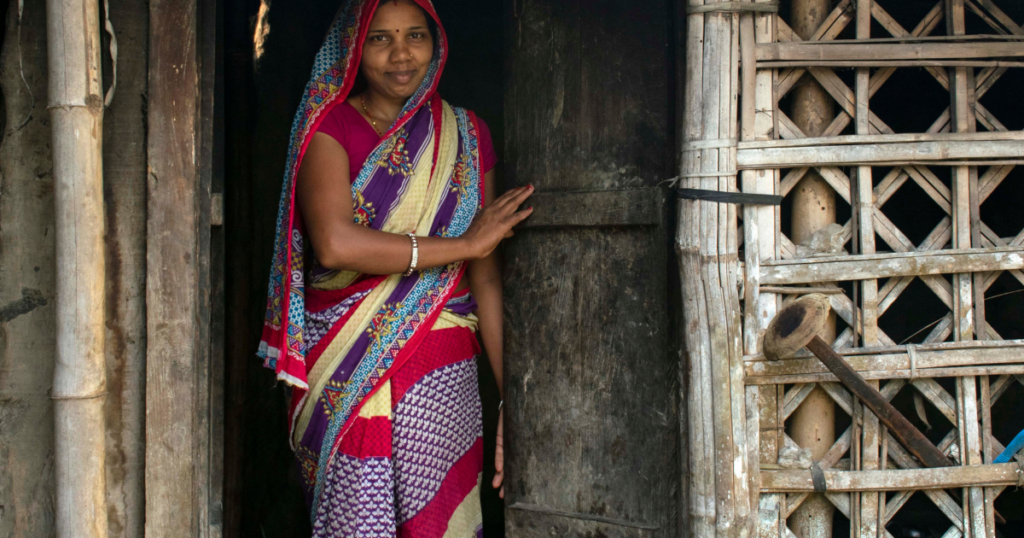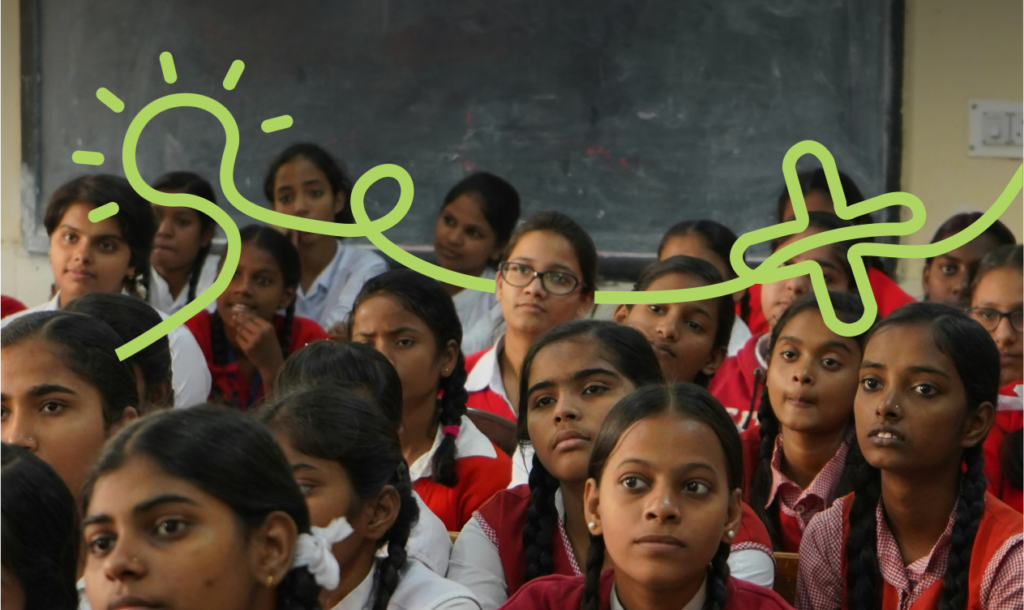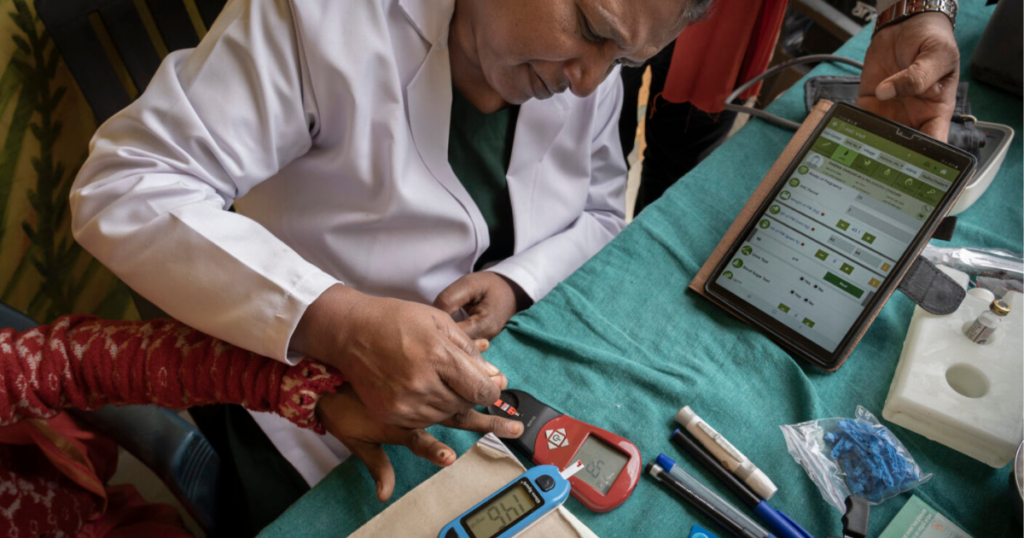The dual burden of communicable and non-communicable diseases (NCDs), along with poor RMNCH+A outcomes afflict the health systems in India. Therefore, screening and diagnostic products and services are crucial for managing high-burden conditions suchas cardiovascular diseases, common cancers, and diabetes. A cross-sectional study also revealed a greater prevalence of NCDs among women. Existing gender inequalities also affect the demand and supply of diagnostic products and services in India. Delayed detection of critical conditions reduces survival rates and increases the out-of-pocket
expenditure on treatment. Therefore, there is a dire need to orient efforts to bring about a gender-responsive change in the field of screening and diagnostics in India.
This report is a joint effort by JHPIEGO and Sattva Knowledge Institute to document insights from the national-level stakeholder convening on improving women’s health outcomes through effective screening and diagnostics, with technology as an enabler. It identifies challenges of demand and supply and ecosystem-level issues in making screening and diagnostics accessible and available to women. On the demand side, work needs to be done to improve women’s health-seeking behaviour by promoting awareness and encouraging women’s agency. On the supply side, access to screening and diagnostic services needs to be improved by ensuring that the product solutions are fit-for-user; the women’s life course approach is at the crux of programmatic approaches to screening and diagnostics; and
programmatic interventions must be integrated within the public health system, as opposed to being rolled out in silos.
The report proposes solutions to enable upstream system-level problem-solving, such as an assessment framework to influence capital flow into products, blended finance instruments, community-validation infrastructure for products within low-resource settings, a learning network for women innovators in diagnostics, and policy change to transform the role of frontline workers.
The future of screening and diagnosis across disease areas will be technology-led. The design of these solutions must consider the local, social and cultural contexts of their deployment. Innovators need more financing mechanisms to help them reach these underserved markets better. Blended financing solutions like returnable grants and volume guarantees can be deployed to support innovators in this space. The suggested action items are geared towards making each of the solution ideas tangible and effective for all stakeholders in the ecosystem.
Authors: Anushka Anand, Lakshmi Sethuraman, Ritika Ramasuri, Granthika Chatterjee, Anantha Narayan, and Rathish Balakrishnan




